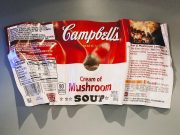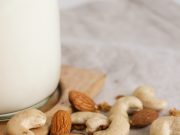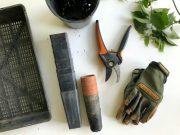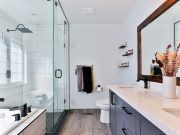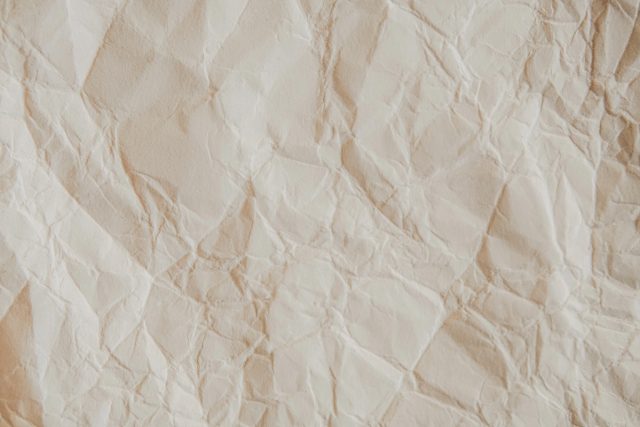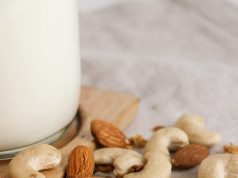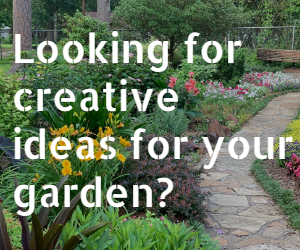In the world of design, the texture is a powerful tool that can add depth, dimension, and visual interest to any project. Whether you’re creating a website, designing a brochure, or crafting a logo, the right textures can make all the difference. But what exactly is texture, and how can you use it effectively in your designs? In this blog post, we’ll explore the role of texture in enhancing the visual interest of your designs and provide tips and tricks for incorporating texture into your work. So whether you’re a seasoned designer or just starting, read on to learn how texture can take your designs to the next level.
Texture in Design
Texture in design refers to the surface quality or feel of an object, image, or material. It can be rough, smooth, bumpy, or anything in between. Texture can be visual, meaning it’s only perceived with the eyes, or tactile, meaning it can be felt physically. The texture adds interest and depth to a composition in design, making it more visually appealing and engaging. It can also be used to communicate a specific mood or message. Adding texture to your designs can create a more dynamic and interactive experience for your audience.
What is Texture?
Texture refers to the physical or visual surface quality of an object, image, or material. It can be described as the tactile sensation that an object or surface creates when touched or the visual effect it has when it’s looked at. Texture can be smooth, rough, soft, hard, grainy, or any other quality that can be perceived through touch or sight. In the design context, texture is an essential element that can add depth, interest, and character to a composition. It can also evoke emotions, convey messages, and create a sense of realism. Texture can be found in natural and man-made objects and is integral to our daily lives. Whether it’s the roughness of a tree bark, the smoothness of a glass surface, or the graininess of sandpaper, texture plays a vital role in shaping our perception of the world around us.
Types of Texture
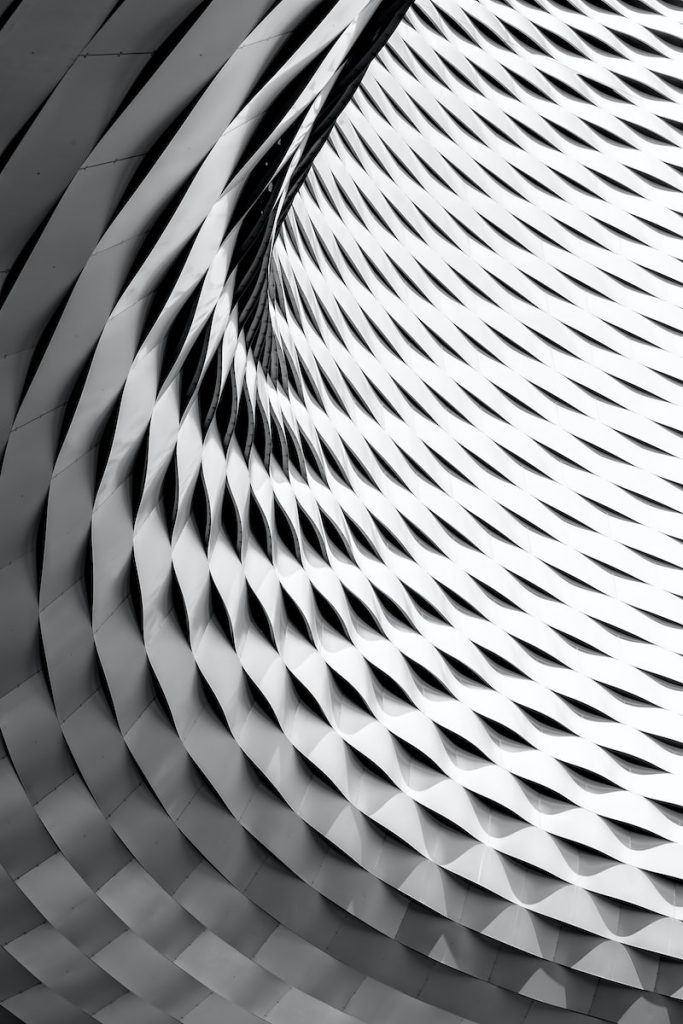
There are two main types of texture: tactile texture and visual texture.
Tactile texture refers to the physical surface quality of an object that can be felt through touch. This type of texture is often associated with 3D objects, such as fabrics, wood, or ceramics. Tactile texture can be rough, smooth, bumpy, or any other quality that can be physically perceived. It can also be created artificially through embossing, engraving, or molding techniques.
On the other hand, visual texture refers to the illusion of texture created through visual elements such as color, line, and shape. This type of texture is often used in 2D designs, such as graphic design, painting, or photography. Visual texture can be created through various techniques, such as layering, blending, or repeating patterns.
Within these two main types, designers can utilize various subtypes of texture in their work. Some examples include:
- Smooth texture: characterized by a flat, even surface without any visible irregularities or bumps.
- Rough texture: characterized by an uneven, irregular surface with visible bumps, ridges, or cracks.
- Soft texture: characterized by a surface that appears soft, plush, or fluffy, like the texture of fur, feathers, or cotton.
- Hard texture: characterized by a surface that appears rigid, sturdy, or tough, like the texture of wood, metal, or stone.
- Organic texture: characterized by a surface that appears natural, irregular, or unpredictable, like the texture of leaves, rocks, or soil.
- Geometric texture: characterized by a surface that appears uniform, repetitive, or predictable, like the texture of tiles, grids, or stripes.
By combining different types and subtypes of texture, designers can create a rich, dynamic, and engaging visual experience for their audience.
Benefits of Textures
Textures offer numerous benefits in design, ranging from enhancing the visual appeal of a composition to conveying a specific mood or message. Here are some of the benefits of using textures in design:
- Visual interest: Textures can add depth, dimension, and visual interest to a design. By incorporating different textures, a composition can become more dynamic and engaging, capturing the viewer’s attention.
- Emotion and mood: Textures can evoke different emotions and moods, depending on their characteristics. For example, rough textures can convey a sense of ruggedness or toughness, while soft textures can convey a sense of comfort or warmth.
- Realism: Textures can make a design look more realistic and authentic. A composition can create a sense of familiarity and reliability by adding textures that mimic the physical qualities of real-life objects.
- Contrast: Textures can create contrast within a design, highlighting specific elements and creating a hierarchy of visual importance. For example, a smooth texture next to a rough texture can create a contrast that draws attention to the rough texture.
- Brand identity: Textures can be used to create a unique brand identity, making a brand more recognizable and memorable. A composition can establish a cohesive visual language by using textures consistent with a brand’s values and personality.
Overall, textures can be a powerful tool in design, enhancing a composition’s aesthetic and communicative potential. By experimenting with different textures and incorporating them strategically, designers can create more compelling, memorable, and effective designs.
Creating Visual Interest with Textures
Creating visual interest is one of the primary functions of textures in the design. Here are some tips for using textures to create visual interest:
- Contrast: Textures can create contrast within a design, which can be used to highlight specific elements and create a sense of hierarchy. For example, a smooth texture next to a rough texture can create a contrast that draws attention to the rough texture.
- Layering: By layering textures, designers can create a complex and dynamic visual experience. For example, a photograph with a rough texture overlay can create a sense of depth and dimensionality.
- Pattern repetition: Repeating a patterned texture can create a cohesive and visually pleasing design. This technique can be used in backgrounds or as accents to create a sense of continuity.
- Color variation: Adding color variation to textures can create a more interesting and engaging visual experience. For example, a texture with subtle variations of a single color can create a sense of depth and nuance.
- Natural textures: Incorporating natural textures, such as wood grain or stone texture, can create a sense of authenticity and realism. This can be particularly effective in the product packaging or branding design.
Designers can create more dynamic, engaging, and memorable designs by experimenting with different textures and incorporating them strategically.
Examples of Textured Designs
Textured designs can be found in various fields, from graphic design to product design. Here are a few examples of textured designs:
- Textured packaging: Product packaging often uses textures to create a sense of realism and authenticity. For example, a cereal box might use a textured print to mimic the texture of the cereal.
- Textured backgrounds: Textured backgrounds can be used to create depth and visual interest in web design. For example, a website might use a subtly textured background to add interest to an otherwise flat design.
- Textured typography: Typography can also incorporate textures to create visual interest. For example, a poster might use a textured typeface to create a sense of ruggedness or toughness.
- Textured illustrations: Illustrations can use textures to create a more realistic and organic look. For example, a children’s book might use a textured illustration to create a tactile and engaging reading experience.
- Textured textiles: Textured fabrics can add interest and depth to fashion designs. For example, a jacket might use a textured fabric to create a more dynamic and visually exciting look.
- Textured photography: Photographs can also incorporate textures to create visual interest. For example, a portrait might use a textured overlay to create a sense of depth and dimensionality.
These are just a few examples of how textures can be used in the design. By incorporating textures in a thoughtful and strategic way, designers can create more dynamic, engaging, and visually interesting designs.
Conclusion: Utilizing Textures for a Winning Design
In conclusion, textures can be a powerful tool for creating winning designs. Textures can make a design more dynamic and engaging by adding depth, visual interest, and emotion to a composition. Whether it’s using natural textures to create a sense of realism or experimenting with color and pattern to create a cohesive design, there are endless possibilities when it comes to incorporating textures into your designs.
However, it’s important to use textures thoughtfully and strategically. Too many textures can overwhelm a design and make it feel cluttered and chaotic. On the other hand, a lack of textures can make a design feel flat and uninteresting. It’s all about finding the right balance and using textures to enhance the overall aesthetic and message of the design.
Ultimately, incorporating textures into your designs can help you create more compelling and effective visuals. By experimenting with different textures and incorporating them in a thoughtful way, you can take your designs to the next level and create work that is truly memorable and impactful.




